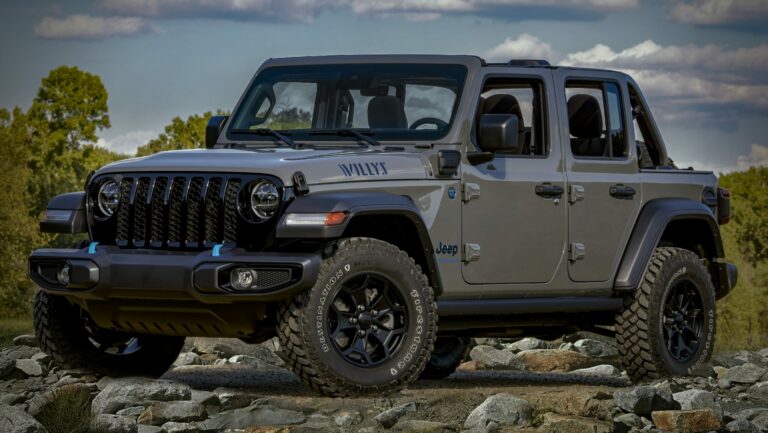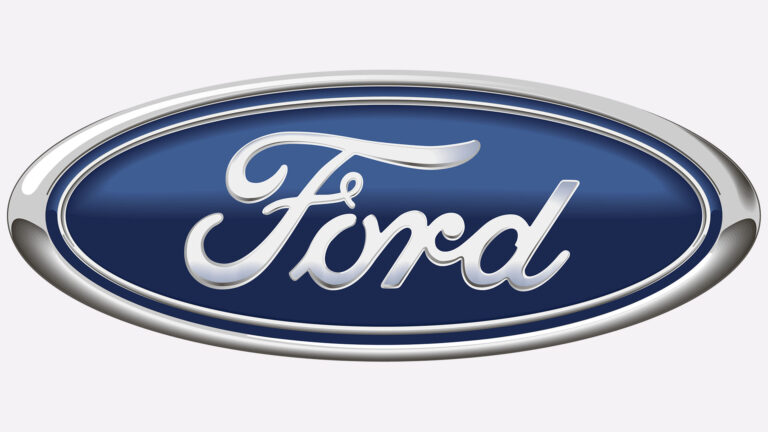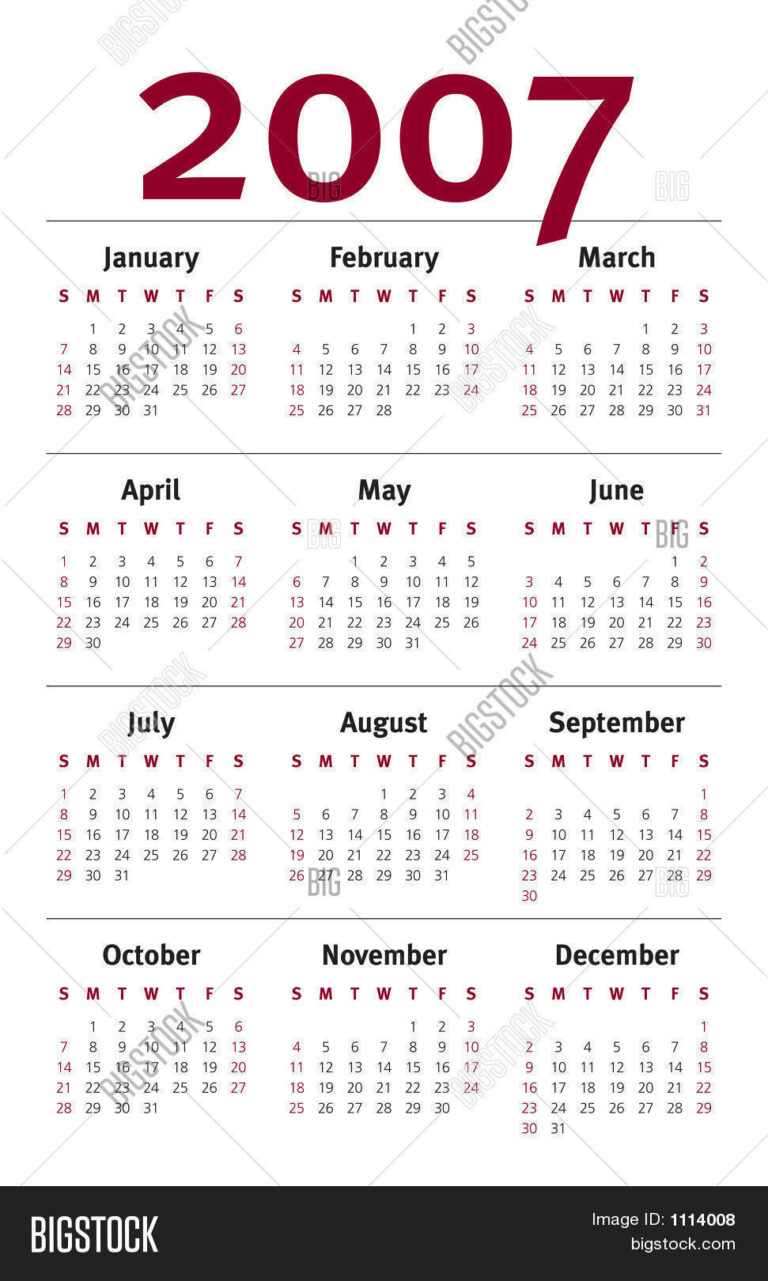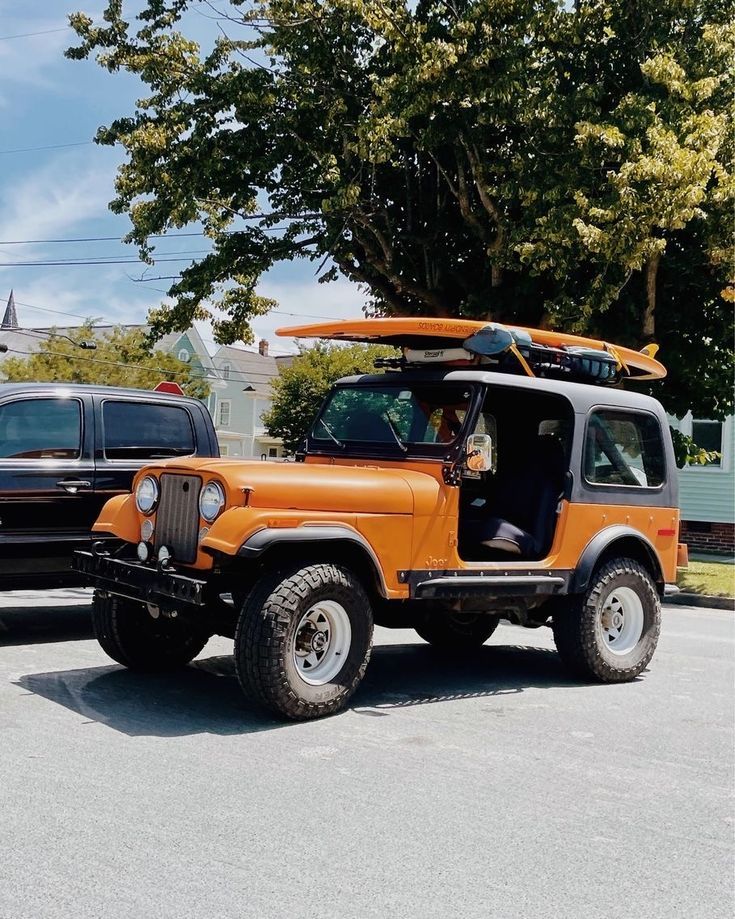1999 Jeep Wrangler Automatic Transmission For Sale: Your Comprehensive Guide to Finding and Owning a TJ Classic
1999 Jeep Wrangler Automatic Transmission For Sale: Your Comprehensive Guide to Finding and Owning a TJ Classic /jeeps.truckstrend.com
The year 1999 holds a special place in the hearts of Jeep enthusiasts. It marks a sweet spot within the TJ generation (1997-2006) of the iconic Jeep Wrangler, a period celebrated for combining modern comforts with the rugged, go-anywhere capability that defines the brand. For many, the prospect of finding a 1999 Jeep Wrangler with an automatic transmission for sale represents the ideal blend of classic charm, off-road prowess, and daily driving convenience. This article serves as your ultimate guide, delving into why this specific model and configuration remains highly sought after, what to look for when buying, and how to navigate the exciting journey of acquiring your own piece of Jeep history.
The Enduring Appeal of the TJ Wrangler (1997-2006)
1999 Jeep Wrangler Automatic Transmission For Sale: Your Comprehensive Guide to Finding and Owning a TJ Classic
The TJ generation Wrangler revolutionized the segment by introducing coil-spring suspension at all four corners, a significant upgrade from the leaf springs of its YJ predecessor. This innovation vastly improved ride quality and articulation, making the TJ a more comfortable daily driver without compromising its legendary off-road capabilities. The 1999 model year, in particular, benefits from these advancements while still retaining the classic, utilitarian aesthetic that many purists adore.
The TJ’s robust construction, simple yet effective drivetrain, and vast aftermarket support contribute to its enduring popularity. It’s a vehicle built for adventure, equally at home crawling over rocks as it is cruising down the highway (albeit with a bit more wind noise than modern SUVs!). The availability of various trim levels, from the utilitarian SE to the more comfortable Sahara, means there’s a TJ for almost every taste and budget.
Why Choose an Automatic Transmission in a 1999 TJ?
While purists often extol the virtues of a manual transmission for ultimate control, the automatic transmission in a 1999 TJ Wrangler offers compelling advantages, making it a highly desirable option for a wide range of buyers.
- Ease of Driving: For daily commuting, especially in stop-and-go traffic, an automatic transmission significantly reduces driver fatigue. It’s simply more relaxing and less demanding than constantly engaging a clutch and shifting gears.
- Off-Road Control: Counter-intuitively for some, an automatic transmission can be a major asset during technical off-roading. It allows for smoother power delivery and more precise control during low-speed maneuvers, rock crawling, and steep ascents/descents, reducing the likelihood of stalling. This frees up the driver to focus on steering and obstacle navigation.
- Accessibility: An automatic opens up the joy of Wrangler ownership to a broader audience, including those who may not be proficient with a manual transmission or prefer the simplicity.
- Durability: The automatic transmissions offered in the 1999 TJ (primarily the Chrysler 32RH for the 4.0L and 30RH for the 2.5L) are known for their robust, if somewhat unsophisticated, design. They are generally durable units, especially when properly maintained.
While the 3-speed automatic transmissions in 1999 TJs might lack the multiple gears and fuel efficiency of modern automatics, their simplicity contributes to their reliability and ease of maintenance.
Key Considerations When Buying a 1999 Jeep Wrangler Automatic
Finding the right 1999 Jeep Wrangler with an automatic transmission requires careful inspection and an understanding of common issues.

Engine and Transmission Pairing
- 4.0L Inline-Six (I6): This legendary engine is the workhorse of the TJ. In 1999, it was typically paired with the Chrysler 32RH (3-speed automatic). This combination is highly sought after for its torque, reliability, and simplicity.
- 2.5L Inline-Four (I4): The smaller engine was paired with the Chrysler 30RH (3-speed automatic). While less powerful, it can be adequate for lighter duty and often found at a lower price point.
![]()
Common Issues and What to Inspect
The TJ Wrangler is known for its ruggedness, but like any vehicle of its age, it has common areas prone to wear and tear.
- Frame Rust: This is the most critical inspection point. Check the frame rails thoroughly, especially near the control arm mounts, skid plates, and behind the front wheels. Surface rust is common and manageable, but extensive rot (holes, flaking) can be a deal-breaker as it’s expensive to repair.
- Transmission Health:
- Fluid Condition: Check the transmission fluid. It should be red or dark red, not brown or black, and shouldn’t smell burnt.
- Shifting: During a test drive, ensure shifts are smooth and predictable, without harsh jerks, slips, or delayed engagement. Listen for any unusual noises.
- Leaks: Inspect the transmission pan, output shaft seals, and cooler lines for any signs of fluid leaks.
- Engine Health: Look for oil leaks (especially from the rear main seal or valve cover), listen for unusual noises (knocking, ticking), and check for excessive smoke from the exhaust.
- Drivetrain Components: Inspect U-joints on the driveshafts, differential covers for leaks, and the transfer case for proper engagement and leaks.
- Suspension and Steering: Check for worn ball joints, tie rod ends, control arm bushings, and shock absorbers. Excessive play in the steering wheel or unusual noises over bumps can indicate issues.
- Electrical System: Test all lights, gauges, windows, and HVAC controls. Wiring can become brittle over time.
- Soft Top/Hard Top: Check the condition of the soft top (tears, clarity of windows) or hard top (cracks, leaks).
- Interior Wear: While not critical for function, excessive wear can indicate overall neglect.
Mileage and Maintenance Records
Lower mileage is generally better, but a well-maintained higher-mileage TJ can be a better buy than a neglected low-mileage one. Always ask for maintenance records. A history of regular oil changes, fluid flushes, and proactive repairs is a strong indicator of a vehicle that has been cared for.
Modifications
Many Wranglers are modified. Evaluate modifications carefully:
- Pros: Can enhance off-road capability, provide desired aesthetics.
- Cons: Poorly installed modifications can cause problems. Larger tires without proper re-gearing can strain the transmission. Inspect lifts for quality components and proper installation.
The Buying Process: Tips for a Successful Purchase
- Research Market Value: Use online classifieds (e.g., Craigslist, Facebook Marketplace, dedicated Jeep forums, AutoTrader) to get a sense of what similar 1999 automatic Wranglers are selling for in your area, factoring in condition, mileage, and features.
- Pre-Purchase Inspection (PPI): This is non-negotiable. Have a trusted mechanic (preferably one familiar with Jeeps) perform a thorough inspection before you commit to buying. They can identify issues you might miss.
- Test Drive Thoroughly:
- Drive at various speeds, including highway speeds.
- Test the brakes, steering, and all gears.
- Listen for any unusual noises (clunks, grinding, squeals).
- If possible, test the 4WD system (high and low range).
- Check VIN and History Report: Obtain a CarFax or AutoCheck report using the VIN. This can reveal accident history, flood damage, title issues, and mileage discrepancies.
- Negotiate: Be prepared to negotiate based on the vehicle’s condition and any identified issues.
- Title and Registration: Ensure the title is clear and matches the seller’s information. Understand your local registration requirements.
Market Value and Pricing Factors for a 1999 Jeep Wrangler Automatic
The price of a 1999 Jeep Wrangler with an automatic transmission can vary significantly based on several factors:
- Overall Condition: This is the primary driver. A rust-free, mechanically sound example will command a premium.
- Mileage: Lower mileage generally means higher value, assuming maintenance has been consistent.
- Engine Type: The 4.0L I6 typically fetches a higher price than the 2.5L I4.
- Location: Prices can vary regionally due to demand and climate (e.g., rust-free Southern states often have higher prices).
- Trim Level: Sahara and Sport models usually command more than the base SE.
- Hardtop vs. Soft Top: A hardtop adds value and versatility.
- Modifications: Well-done, tasteful modifications can sometimes add value, but extreme or poorly executed ones can detract.
Sample Price Range Table: 1999 Jeep Wrangler Automatic Transmission For Sale
Please note that these are approximate ranges and can fluctuate based on market demand, specific features, and regional differences.
| Condition Category | Engine | Mileage Range (Approx.) | Estimated Price Range (USD) | Key Factors Influencing Price |
|---|---|---|---|---|
| Project/Parts | Any | 200,000+ | $2,000 – $5,000 | Significant frame rust, major mechanical issues (transmission/engine), non-running, severe cosmetic damage. Best for experienced mechanics or parts. |
| Fair | 2.5L | 150,000 – 200,000 | $5,000 – $8,000 | Moderate frame rust, visible cosmetic flaws, minor mechanical issues needing attention, high mileage. Still drivable, but requires investment. |
| Fair | 4.0L | 150,000 – 200,000 | $7,000 – $10,000 | Similar to 2.5L fair, but the more desirable engine adds value. |
| Good | 2.5L | 100,000 – 150,000 | $8,000 – $12,000 | Minimal frame rust, decent paint/interior, some signs of wear, all systems generally functional. May have minor leaks or maintenance items due. |
| Good | 4.0L | 100,000 – 150,000 | $10,000 – $15,000 | The sweet spot for many buyers. Well-maintained, solid runner with the desirable 4.0L. Minor imperfections. |
| Excellent | 4.0L | Under 100,000 | $15,000 – $25,000+ | Very clean, minimal to no frame rust, pristine paint/interior, meticulously maintained, low mileage, often with desirable factory options (Sahara, Sport). Rare finds. |
Practical Advice and Actionable Insights
- Be Patient: Finding the right 1999 TJ with an automatic transmission in good condition can take time. Don’t rush into a purchase.
- Prioritize Condition: It’s almost always better to pay more upfront for a well-maintained, rust-free example than to save a few thousand dollars on a "bargain" that will require extensive repairs.
- Budget for Maintenance: Even a well-cared-for 1999 vehicle will require ongoing maintenance and occasional repairs. Factor this into your ownership costs.
- Join the Community: Connect with other TJ owners on forums or social media groups. They are invaluable resources for advice, troubleshooting, and finding parts.
Frequently Asked Questions (FAQ)
Q1: Is the automatic transmission reliable in a 1999 TJ?
A1: Yes, the Chrysler 30RH (for 2.5L) and 32RH (for 4.0L) 3-speed automatics are generally considered very reliable and robust, especially with proper fluid changes and maintenance. They are simple units, which contributes to their durability.
Q2: What is the best engine for a 1999 TJ automatic?
A2: The 4.0L inline-six engine is widely regarded as the superior choice due to its ample torque, greater power, and legendary reliability. It’s better suited for both highway driving and serious off-roading.
Q3: How much frame rust is too much?
A3: Any holes, significant flaking, or "soft" spots that can be poked through with a screwdriver are major red flags. Surface rust is common and can be treated, but structural rust means costly and complex repairs, often exceeding the vehicle’s value.
Q4: Can I daily drive a 1999 TJ automatic?
A4: Absolutely. Many owners daily drive their TJs. While they lack the refinement and fuel efficiency of modern SUVs, their compact size, good visibility, and automatic transmission make them manageable for urban and suburban commuting.
Q5: What should I budget for annual maintenance on a 1999 TJ?
A5: This varies greatly, but a realistic budget for a well-maintained TJ might be $500-$1000 annually for routine maintenance and minor repairs. If the vehicle needs significant deferred maintenance or has unexpected issues, costs can be much higher.
Q6: Are parts hard to find for a 1999 TJ?
A6: No, parts are generally very easy to find. The TJ generation had a long production run, shared many components with other Chrysler/Jeep vehicles, and has immense aftermarket support.
Conclusion
The 1999 Jeep Wrangler with an automatic transmission for sale is more than just a used vehicle; it’s an opportunity to own a cherished piece of automotive history. Its blend of classic Wrangler aesthetics, enhanced TJ-era ride quality, and the convenience of an automatic transmission makes it a highly desirable choice for enthusiasts and newcomers alike. By understanding its unique characteristics, diligently inspecting potential purchases, and leveraging the wealth of available information, you can confidently navigate the market and secure a TJ that will provide years of open-air freedom and rugged adventure. Happy hunting!







